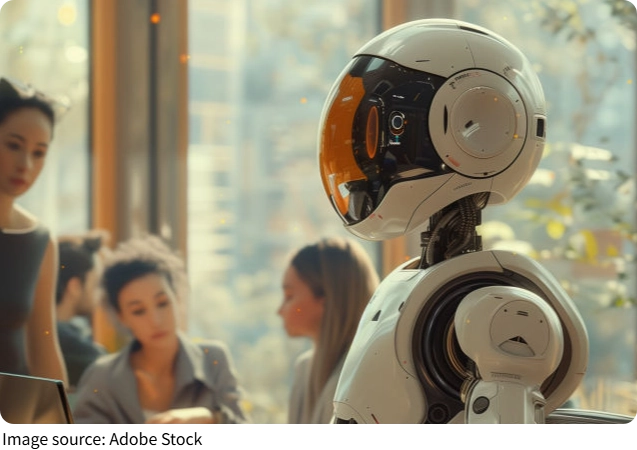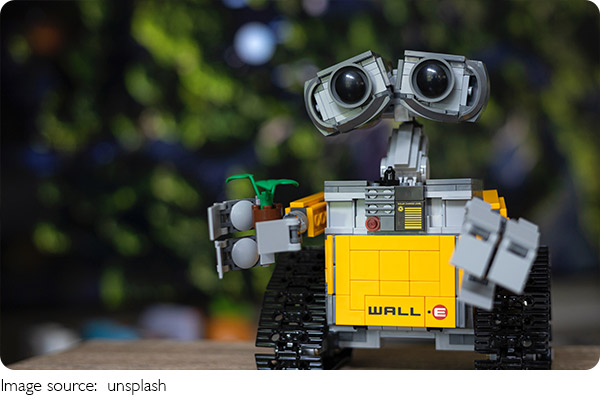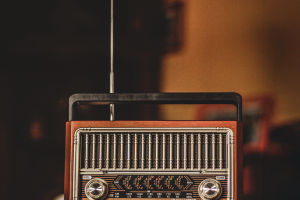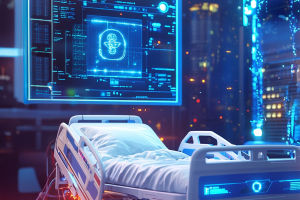How Does A Robot See?

Do you know, Lykkers? The way a robot perceives the world is an evolving field of technology.
Unlike humans, a robot doesn't "see" or "feel" its environment in the same way.
Instead, it uses sophisticated sensors and algorithms to understand and interact with the world around it. This process, known as robot perception, integrates data from various sensory inputs to form an understanding of its surroundings. But how exactly does a robot interpret its environment? Let’s break it down!
1. Vision: Seeing Through Sensors and Camera
A robot's vision system is often based on computer vision, where cameras and optical sensors gather data about the environment. These sensors don't just capture images, they provide detailed information to the robot about the objects it encounters.
LIDAR (Light Detection and Ranging) is one of the most advanced sensors used in robot perception. It works by emitting laser beams and calculating how long it takes for the beams to bounce back. This process creates a precise 3D map of the robot’s surroundings, which is essential for applications like autonomous vehicles, where avoiding obstacles is crucial.
Stereo vision, similar to human binocular vision, uses two cameras placed at a set distance apart. This allows the robot to perceive depth and understand the three-dimensional structure of objects, making it a valuable tool for tasks like object recognition and navigation in complex environments.

2. Touch and Tactile Perception: Sensing Through Contact
While vision helps a robot "see," tactile sensors help it "feel." Force sensors in robotic arms, for example, allow a robot to understand how much pressure is being applied when handling an object. This feedback prevents damage during delicate tasks. More advanced robots are incorporating artificial skin—a flexible material embedded with sensors that mimic human touch. This innovation allows robots to sense texture, pressure, and temperature, giving them the ability to handle objects with human-like precision. These sensors are especially important for robots designed for medical or care-giving applications.
3. Sound and Echo: Using Audio to Understand the World
Sound is another tool in a robot's sensory toolkit. Many robots are equipped with microphones or ultrasonic sensors to perceive sound and gather information about their environment. By using multiple microphones, a robot can determine the direction and intensity of sounds, helping it detect events and respond accordingly.
For example, robots with echolocation capabilities can emit sound waves and measure the time it takes for them to bounce back, allowing them to map out their surroundings. This method is often used by drones to avoid obstacles while flying, mimicking the way bats navigate in the dark.
4. Smell and Chemical Sensors: A Robot's Nose
Though it’s still a developing area, robots are increasingly equipped with chemical sensors that allow them to perceive their environment through scent. These sensors can detect gases like carbon dioxide or specific chemical compounds, making them useful for tasks like air quality monitoring or detecting hazardous materials.
In search-and-rescue missions, robots equipped with olfactory sensors can "sniff" out traces of human scent, helping them locate survivors in disaster-stricken areas. This technology, though still in early stages, offers significant promise for applications where human presence is difficult to detect.
5. Multi-Sensor Fusion: Combining Data for Better Perception
No single sensor can provide a complete understanding of a robot’s environment. This is why multi-sensor fusion is essential. By integrating data from various sensors—vision, touch, sound, and smell—robots create a more comprehensive and accurate model of the world.
In autonomous vehicles, for example, LIDAR, radar, and camera data are combined to give the robot a full picture of the road. This fusion of data enables the robot to make informed decisions, such as avoiding obstacles or adjusting speed, even in adverse weather conditions.
6. Machine Learning and Artificial Intelligence: Learning to See and React
After gathering data from sensors, the robot needs to process and interpret this information. Machine learning (ML) and artificial intelligence (AI) algorithms are used to analyze data and make decisions based on what the robot perceives. In object recognition, for example, robots use machine learning to classify objects and understand their surroundings. The more data the robot processes, the better it becomes at identifying patterns and making decisions. This learning process allows robots to adapt to new situations and improve their performance over time.
7. Robot Perception in Action: Real-World Applications
Robot perception is already being used in various industries. Autonomous vehicles rely on LIDAR and other sensors to navigate roads and avoid collisions. Industrial robots use tactile sensors to handle fragile objects with care. Even robotic vacuum cleaners use sensors to map out a room and avoid obstacles, ensuring they clean efficiently without running into furniture.
Robot are also being deployed in environments that are hazardous to humans, such as space exploration or underwater missions. In these cases, the ability to perceive and react to the environment is critical to the robot’s success in completing its mission.
The future of robot perception is both exciting and transformative. As advancements in AI, machine learning, and sensor technology continue, robot will become increasingly capable of understanding their surroundings with greater depth and accuracy. From healthcare to autonomous transportation and disaster recovery, the applications of robot perception are vast and growing.
As technology continues to evolve, robot will become more adept at interacting with the world, bringing us closer to a future where machines can not only assist but enhance the way we live and work. With improved sensory capabilities, robots will be better equipped to handle complex tasks in ways that were once unimaginable.
How do robots understand their surroundings?
Video by Covariant


